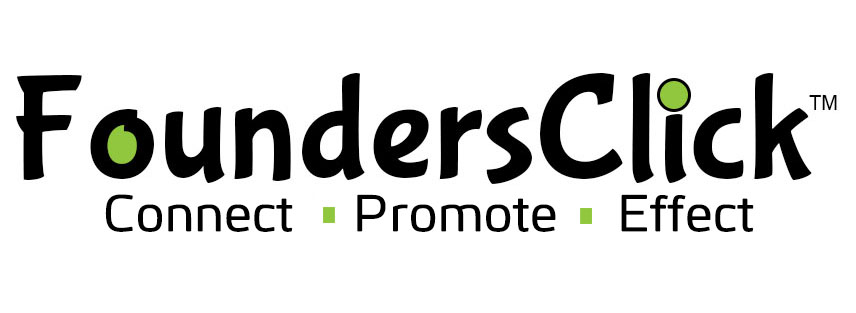Website development is the process of creating and maintaining websites. It involves several aspects such as web design, web programming, and content management. There are two primary types of website development:
-
Front-End Development (Client-Side): This is everything the user interacts with directly in their browser. Front-end developers work with technologies like:
-
HTML (HyperText Markup Language): The structure of web pages.
-
CSS (Cascading Style Sheets): Controls the layout and design.
-
JavaScript: Adds interactivity, animations, and dynamic content to websites.
Front-end developers aim to create an engaging, responsive, and user-friendly design.
-
-
Back-End Development (Server-Side): Back-end development involves creating the server-side functionality that users don't see directly but are essential for the website to work. Technologies used include:
-
Server-side languages like PHP, Python, Ruby, or Node.js.
-
Databases such as MySQL, MongoDB, or PostgreSQL, which store and manage data.
-
Web servers like Apache or Nginx.
Back-end developers ensure the proper functioning of websites by handling data processing, authentication, and server communication.
-
-
Full-Stack Development: A full-stack developer works with both front-end and back-end technologies. They are skilled in creating the entire web application, from the user interface to the server-side logic.
Steps in Website Development:
-
Planning and Research: Define the website's purpose, target audience, and goals.
-
Design: Create wireframes or mockups, decide on the layout, color scheme, and user experience (UX) design.
-
Development:
-
Front-end development: Build the structure, style, and interactive elements.
-
Back-end development: Set up databases, servers, and create APIs for the website.
-
-
Testing: Ensure everything works as expected across different devices and browsers.
-
Launch: Publish the website to a live server for public access.
-
Maintenance: Regularly update the website, fix bugs, and improve security.
Tools & Frameworks:
-
Frontend: React, Angular, Vue.js (JavaScript frameworks), Bootstrap (CSS framework).
-
Backend: Node.js, Django (Python framework), Ruby on Rails, Laravel (PHP framework).
-
CMS (Content Management Systems): WordPress, Joomla, Drupal.
-
Version Control: Git (for tracking changes to code and collaborating).

 SkillClick
SkillClick
